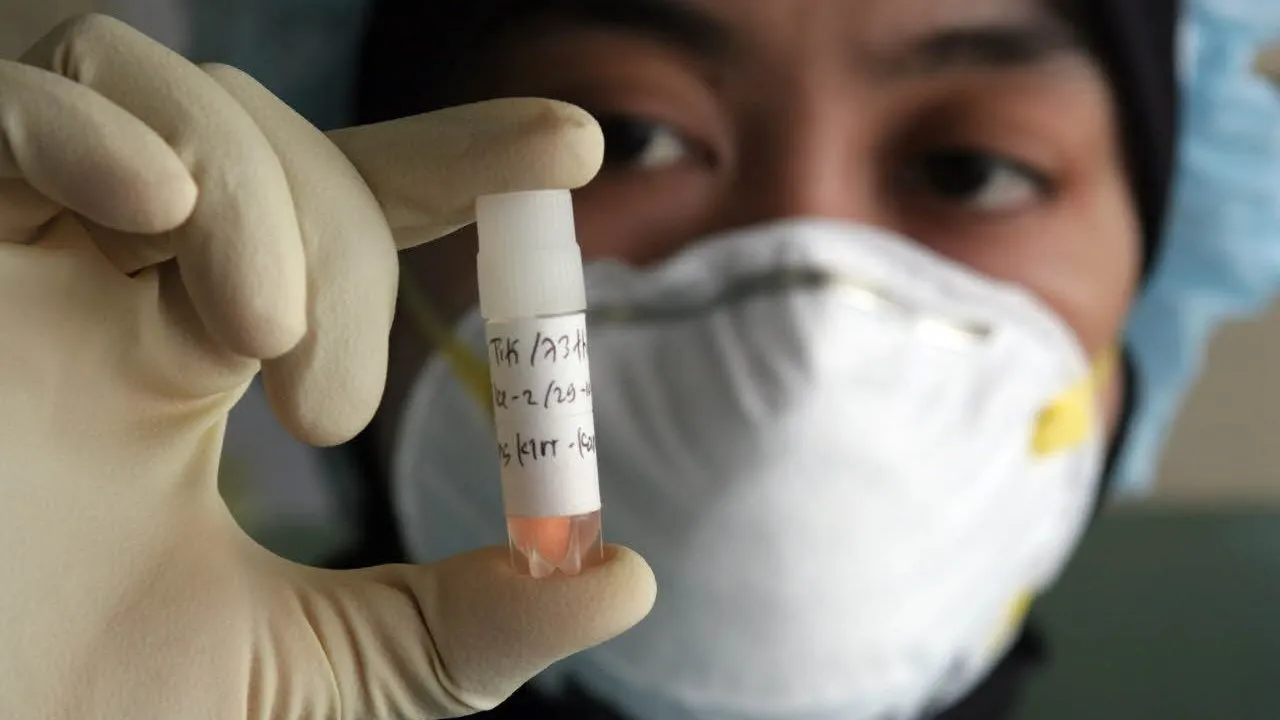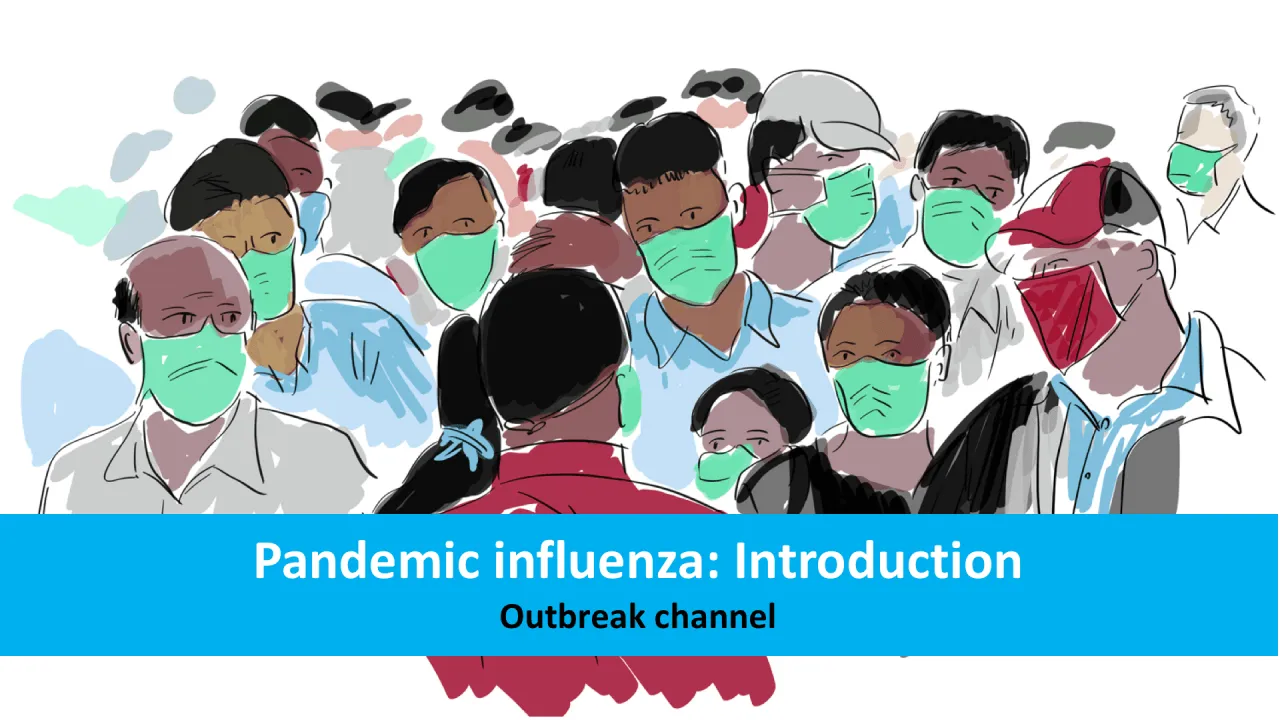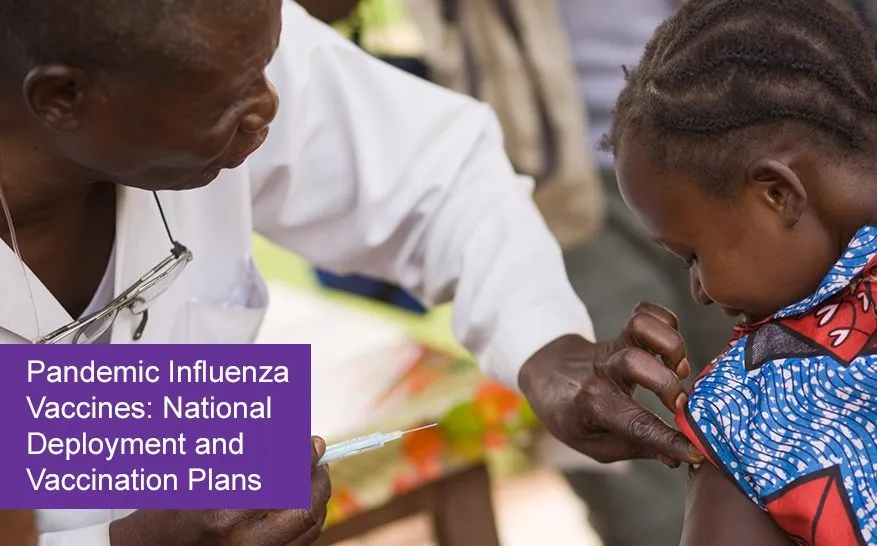
Developing the SIR Model 
This course introduces the fundamentals of compartmental modelling and the SIR model to gain an understanding of the dynamics of infectious diseases. It covers topics such as rates, durations, proportions, the basic reproduction number (R0), and susceptibility to infection, to provide insight into epidemic dynamics and control. ▼
ADVERTISEMENT
Course Feature
![]() Cost:
Cost:
Free
![]() Provider:
Provider:
Coursera
![]() Certificate:
Certificate:
Paid Certification
![]() Language:
Language:
English
![]() Start Date:
Start Date:
17th Jul, 2023
Course Overview
❗The content presented here is sourced directly from Coursera platform. For comprehensive course details, including enrollment information, simply click on the 'Go to class' link on our website.
Updated in [March 06th, 2023]
What skills and knowledge will you acquire during this course?
Skills and knowledge that will be acquired during this course include understanding compartmental modelling and its application in mathematical modelling of infectious diseases. This includes interpreting and representing rates, durations, and proportions. The course will also provide intuition into the behavior of a simple epidemic and introduce basic concepts of infectious disease epidemiology, such as the basic reproduction number (R0) and its implications for disease dynamics.
How does this course contribute to professional growth?
This course on developing the SIR Model contributes to professional growth by providing an understanding of compartmental modelling and its application in infectious disease epidemiology. By learning how to interpret and represent rates, durations, and proportions, professionals can gain intuition into the behavior of epidemics. Additionally, the course introduces the concept of the basic reproduction number (R0) and its implications for infectious disease dynamics, allowing professionals to analyze different scenarios for reproduction numbers.
Is this course suitable for preparing further education?
This course provides an introduction to compartmental modelling of infectious diseases and basic concepts in building compartmental models. It focuses on gaining intuition into the behavior of a simple epidemic and introduces basic concepts of infectious disease epidemiology. The course uses the SIR model to express the mathematical underpinnings of the basic drivers studied and examines different scenarios for reproduction numbers. Understanding the dynamics of susceptibility can offer important insights into epidemic dynamics and priorities for control.
Course Syllabus
Modelling the Basics
Compartmental modelling is a cornerstone of mathematical modelling of infectious diseases. You will be introduced to some of the basic concepts in building compartmental models, including how to interpret and represent rates, durations and proportions in such models. This work lays the foundations for modelling the dynamics of infectious disease transmission.Anatomy of an Epidemic
You will be placing the mathematics to one side and concentrating on gaining intuition into the behaviour of a simple epidemic of a perfectly immunising infection in a stable population. You will also study further basic concepts of infectious disease epidemiology, including the basic reproduction number (R0), and its implications for infectious disease dynamics.Combining Modelling and Insights
You will now consolidate the insights that you have gained over the past two modules to express the mathematical underpinnings of the basic drivers that have been examined. You will use the simple SIR model that you already developed in module 1 to examine different scenarios for reproduction numbers.Dynamics of Susceptibles
Susceptibility to infection is the fuel for an infectious disease; understanding the dynamics of susceptibility can offer important insights into epidemic dynamics, as well as priorities for control. In this module, building on the basic SIR model that you have coded so far, you will cover three important mechanisms by which susceptibility can change over the course of an epidemic: (i) population turnover, (ii) vaccination, (iii) immunity waning over time.Pros & Cons

Good working knowledge of R is helpful.

Accessible introduction to solving systems of differential equations in R.

Good balance between epidemiology knowledge and developer skills.

Difficult for those without mathematical background.

Technical reading material.

Jupyter pages can be difficult to use.
Course Provider

Provider Coursera's Stats at AZClass
Discussion and Reviews
0.0 (Based on 0 reviews)
Explore Similar Online Courses

French Grammar - Quick Guide - Verbs 1

Absolute Arabic language course from Zero to Hero

Python for Informatics: Exploring Information

Social Network Analysis

Introduction to Systematic Review and Meta-Analysis

The Analytics Edge

DCO042 - Python For Informatics

Causal Diagrams: Draw Your Assumptions Before Your Conclusions

Whole genome sequencing of bacterial genomes - tools and applications

Pandemic and epidemic-prone diseases

Pandemic influenza: Introduction

Pandemic Influenza Vaccines: National Deployment and Vaccination Plans
 Related Categories
Related Categories
 Popular Providers
Popular Providers
Quiz
 Submitted Sucessfully
Submitted Sucessfully
1. What is the basic reproduction number (R0) in infectious disease epidemiology?
2. What is the SIR model used for?
3. What is the main focus of this course?


Start your review of Developing the SIR Model